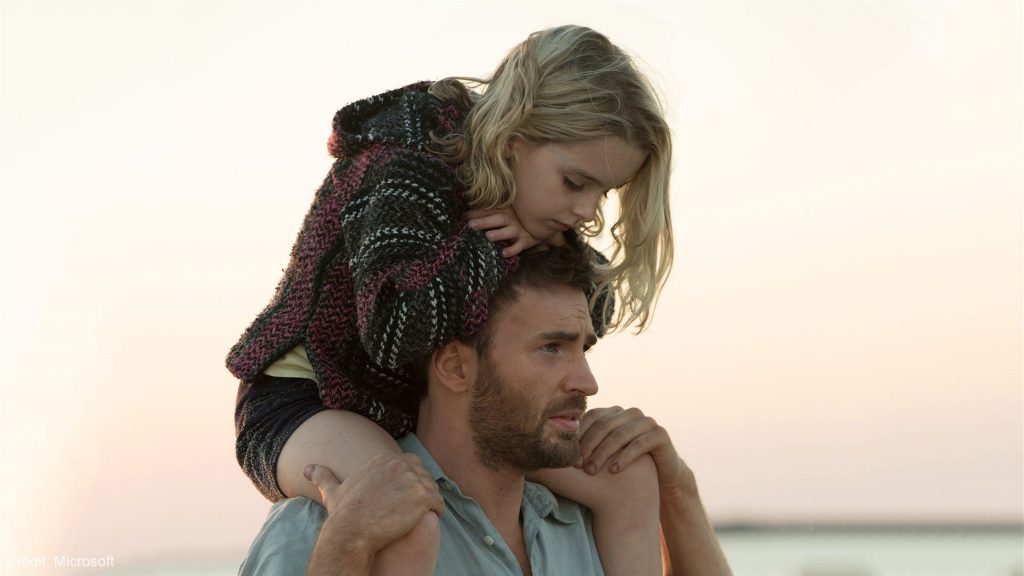What is Holistic Learning?
Holistic learning is a fairly new approach in education where teachers are more than just teachers. Yes, they serve the academic needs of their students, but with a holistic approach, teachers also aim to address students' social, emotional, and ethical needs as well. Classroom emphasis is placed on a positive environment, something that students not only see but feel as well. The support covers both academic and non-academic needs.

Holistic learning is a fairly new approach in education where teachers are more than just teachers. Yes, they serve the academic needs of their students, but with a holistic approach, teachers also aim to address students’ social, emotional, and ethical needs as well. Classroom emphasis is placed on a positive environment, something that students not only see but feel as well. The support covers both academic and non-academic needs.
With holistic learning, students are taught how to understand their actions and how those may affect things, particularly other students, around them. They are also taught how their actions may also affect the bigger picture such as their community. Students given holistic education are shown what they can also learn from the surrounding community.
Holistic learning is not an old approach to learning having been developed in the early 1980s. Its advent was because the country’s learning structure was deemed, by some, to be too rigid and mechanistic. Holistic learning didn’t take off immediately, but over time it has found its way into more and more classrooms. Many states now use holistic learning techniques in their educational plans. The Every Student Succeeds Act encourages some of these techniques.
When employing holistic learning, its goal is to cultivate the “whole-child.” This means developing a child’s emotional, physical, psychological, moral, and spiritual attributes. Teaching lessons pertaining to these attributes are conducted in safe and supportive environments that allow students to lean into and use their individual strengths, regardless of what they are. Although a holistic learning education follows the lead of one overarching philosophy, many teachers use different methods and strategies in order to create their holistic learning culture.
HOLISTIC LEARNING MODELS
Teachers using holistic learning have different models they can follow. With the goal being to cultivate a child’s attributes (as discussed above), different teaching methods are used for this purpose. Along with that, different teaching strategies are also in play.
Experiential Learning – Hands-on educational experiences are what this is all about. Determining which learning style works best, teachers may put students into groups so they can first explore the different learning styles and then determine which style suits them best. These holistic experiential techniques can include problem-solving exercises that tackle community issues.
Self-Guided Learning – Here teachers employ a more hands-off approach as they allow students to use the teaching style that suits them best to learn at their own pace. The idea behind this is to let students personalize their experience instead of having to deal with a one-size-fits-all model. This allows for curriculum content and pace to be easily adjusted. Classrooms, in this instance, maybe smaller and the students involved may be of different ages and abilities.
Together Work – The idea that a student’s cognitive growth improves when multiple subjects are taught in tandem is part of what makes up a solid holistic education. Teachers with different backgrounds and disciplines are coming together to teach classes that address issues from differing perspectives. Differing, in this case, is not a negative, just another way of looking at an issue.
Community Schools – The idea behind this holistic learning model is that people find meaning when making connections with those in their community. Here, teachers reach out to community members to include families, organizations, and officials to provide support and learning opportunities. These would include after-school programs as well as summer school programs.
There are also different holistic learning strategies teachers employ. A strong student-teacher relationship is important. This bond is especially important between a teacher and an at-risk student. Studies have shown that at-risk children have a much higher chance of success when they feel safe and nurtured. A teacher that allows their students to help develop classroom rules will develop trust and confidence with the students.
Teachers that encourage self-confidence in their students are believed to be a winning strategy. A teacher must be able to recognize each student’s strengths and also treat each student equally. To help build self-confidence, a teacher must give students opportunities to digest the information being taught and then allow them to express they understand the material in a variety of ways.
Article continues below headlines

The Best Type Of Butter Dish For Your Home Kitchen
The history of the butter dish is intertwined with the history of butter itself and the evolution of dining etiquette. …
Continue reading "The Best Type Of Butter Dish For Your Home Kitchen"
The post The Best Type Of Butter Dish For Your Home Kitchen appeared first on Tell Me Best.
Continue
The Best Star Wars Droid Of The Modern Era Gets The Spotlight | GIANT FREAKIN ROBOT
There was plenty to love about the Disney+ series Andor, and one of the characters fans ended up loving the …Continue reading "The Best Star Wars Droid Of The Modern Era Gets The Spotlight"
ContinueHOLISTIC LEARNING BENEFITS
Holistic learning is becoming more popular in part because its proponents claim it results in improved academic achievements. They say proper holistic education has already shown it can improve a child’s academic achievements, regardless of their circumstance or background, by tapping into an individual student’s learning style. A supportive learning environment will go a long way.
When social and emotional learning is prioritized in conjunction with academics, students have a much better chance of coming out with a greater sense of social responsibility as well as better self-awareness and self-confidence.
Another alleged benefit is a student’s increased ability to solve problems. In holistic learning, children are presented with real-world problems to solve. These are seen within their communities, so proponents say it allows them to sharpen their critical thinking skills.
With holistic learning, a teacher is able to focus on the student. They are able to observe the student so they can see what works best. They key on students’ emotional, social, and ethical needs while also focusing on academics. Holistic learning is not a one-stop-shop. It grows as the child grows without constraints.
Holistic Learning Opponents
Opponents of holistic learning often claim that the biggest problem with it, is that the things holistic teachers are instructing students in isn’t what they’ve been hired to teach. Parents want teachers to teach academics, and with holistic learning sometimes students get something else.
Teaching students to think about community and which of their actions have the right or wrong affects is a component of morality. That means teaching them which actions have which consequences, will largely depend on the individual morality of the person who came up with the curriculum. This used to be the domain of religion, which was rightly excised from schools specifically because it was pushing one specific set of morality on to kids, instead of leaving that to their parents.
Traditionally parents have only needed teachers to help teach their kids basic skills and facts. Opponents say holistic learning opens the door to teachers teaching not only basic skills, but how to think and what to think. Those opposed to it believe this should be the job of teachers, not government employees.
There’s also an issue of time. There are only so many hours in a day and every second spent teaching kids the instructor’s code of empathy and wellness, while perhaps beneficial, means one less second teaching them math or literature or history. Some the the most strong opponents of the holistic style say that the only reason holistic learning has resulted in higher test scores, is because they’ve removed some of the harder components of things like math or science and replaced them with questions of emotion and personal belief.







